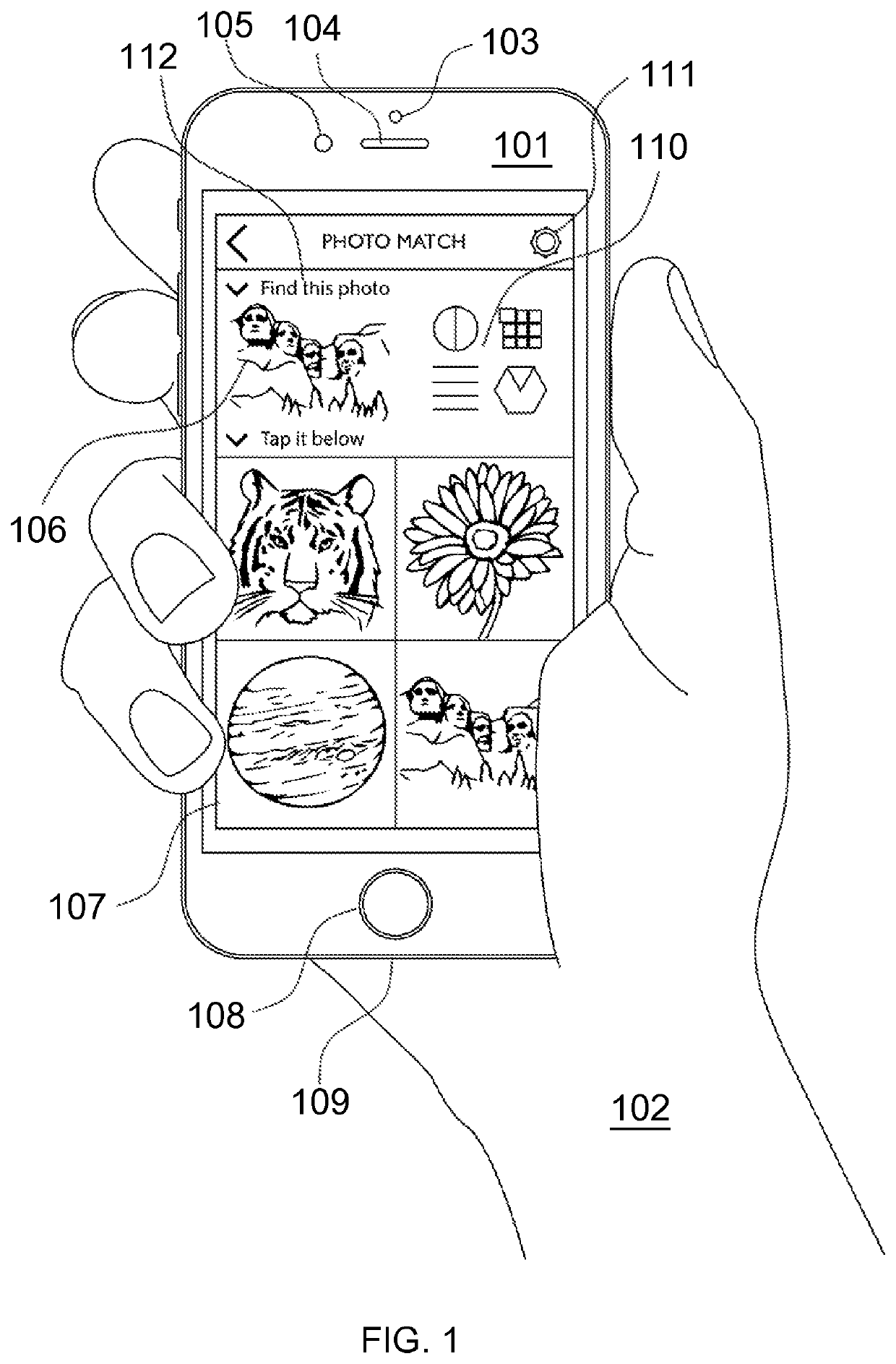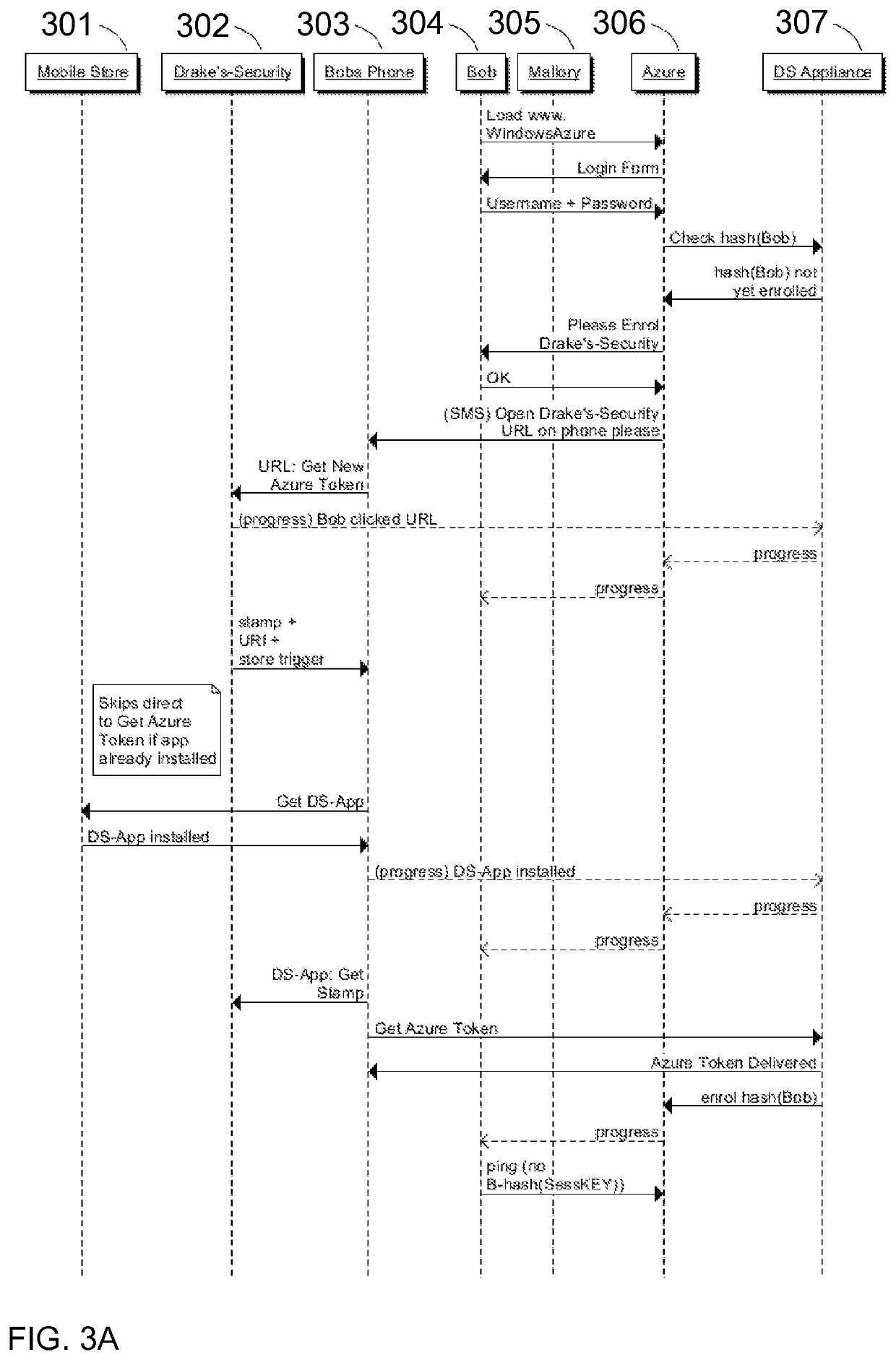This is clearly ridiculous, and all that effort is ineffective anyway, with the advent of modern attack methods like phishing, malware, active MitM, and more, which happily steal or bypass whatever passwords are used.
Most users defy best practice, using short or easy passwords, re-using them, recording or writing them down, and rarely, if ever, checking site security certificate credentials first.
In today's real-time connected world, the legacy techniques of 2FA provide little security benefit owing to their numerous different flaws, some example flaws include: their codes are easily stolen and used while still valid; users can be manipulated (e.g. via phishing, spoof sites, etc.) into authenticating a malicious machine, rather than their own intended one; OTP codes can be reproduced after stealing the keys that make them; and OTP codes sent via SMS Text message over phone networks are easy to intercept and eavesdrop.
Other major drawbacks with 2FA are that these techniques are usually slow and cumbersome, often do not scale, are complicated to understand, usually difficult and time-consuming to set up, are susceptible to social-engineering attacks against both the user or the provider support staff, are expensive to deploy and use, and have no secure resistance to loss or theft.
Biometrics is sometimes also called a “factor” in authentication, but has numerous drawbacks, including the obvious fact that this information cannot be changed if stolen, and many third parties have access to it, such as authorities like government, immigration, law, education, and so on, who enforce biometrics collection on all or some users.
Biometrics are usually extremely easy to steal or emulate, they are unreliable and approximate, may encourage perceived or real kidnapping and physical coercion dangers that place users in heightened stress or danger, have severe privacy-reducing drawbacks, and many states and countries restrict or ban the use or collection or exchange of biometrics from all or part of their populations and in some or all situations.
Numerous catastrophic government breaches in recent years have resulted in many millions of people's biometrics being stolen.
The most expensive hacker attack in history caused one trillion dollars damage after hackers stole fingerprints and other data of all US government employees.
As a result, people fiercely oppose their use.
Sometimes this sensitive feature-set information is stored within devices that support biometric operations, and for some implementations that elect to be responsible (many do not), this necessitates expensive protected storage and physical anti-extraction defenses, most of which are regularly compromised anyhow.
Most vendors of biometrics technologies do not paint an honest picture of their tech, the most infamous example being Apple's TouchID, which was hacked within 24 hours of release, despite their sub-dermal super-resolution and other misleading claims; almost all other biometrics are also trivially hacked, with face-rendering and videos defeating face-recognition, voice-morphing software defeating voice biometrics, and so on.
Despite the ineffectiveness of OTP or the danger of Biometrics, many providers nevertheless have started using this technology in efforts to protect their resources; they have little choice: they get broken into, there's public outcry that they “do something”, and there's little else currently available that they can do, besides importing 1980's tech!
Adding OTP typically involves a difficult and time-consuming integration process with adjustments, sometimes major ones, to the flow and logic of their systems.
One major casualty of providers' ineffectual efforts to improve security, has been user privacy.
Major server break-ins are a frequent occurrence nowadays, with hackers stealing entire databases of user information, including passwords, or hashes that are dictionary-attacked to recover passwords, personal and other details, biometrics, OTP keys, and more.
Computer-related crime causes enormous damage to victims, steals vast sums of money and valuable data, and the perpetrators' risk of capture is relatively low.
Attacks against the United States (US) Information and communications technology (ICT) industry cause hundreds of billions of dollars in loss and damage annually, as of 2015.
Contemporary security is failing to work against today's enormous variety of threats; it's failing to work everywhere, and / or for everyone, and / or at all times.
Many difficulties exist that prevent the easy removal of such compromises: If the improved security does not continue to function securely in the event of loss, theft, or user forgetfulness, compromises will be needed still.
If it is too hard to understand, many users will be unable to use it.
If it is too slow to use, many users will not want to use it.
If it depends on expensive components, many users will be unable to afford to use it.
If it does not scale (e.g. can be used in hundreds of different places, like web sites, or by large numbers of different users), it will be impractical for users to use or providers to offer.
If it is inconvenient (e.g. requires the carriage of bulky physical devices), users will resist it.
If it is banned (e.g. requires physical connection to a work computer, in violation of a work policy not to attach devices to workstations, or uses biometrics on children or even adults in certain states or countries), it will be impossible or illegal to use.
If it requires physical connection but doesn't accommodate every different kind of connector or is needed on machines without connectors, it will be unusable in numerous circumstances.
If it cannot work without an internet connection (e.g. requires a mobile device data connection, but device owner has no internet credit remaining), it will not work frequently enough to be reliable.
Similarly, if it cannot work internationally, relies on batteries, or expires after some interval, those will all disenfranchise users.
If it “gets it wrong” sometimes (e.g. biometrics, especially fingerprints after swimming, faces in the dark, and voices when ill), a potentially security-weakening alternative will be needed.
If it can be lost, forgotten, or changes, and no secure mitigation for this exists, it will need a bypass.
If the implementation (without a compromise) necessitates additional support costs, it may be impossible on uneconomic to deploy.
If it's too hard for a user to set up, or too hard for a provider to deploy, or requires physical delivery, or could be subject to unreliable delivery, or is of a prohibitive cost to be economically sensible to deploy, or deployment relies on information which users are unwilling to disclose (e.g. addresses, phone numbers, birthdays, personal information, biometrics, etc.), or any other reason exists that prevents it achieving full user coverage, then it will be impossible to avoid compromising the technology.
That's a lot of problems, which is why this patent is lengthy.
 Login to View More
Login to View More  Login to View More
Login to View More 


